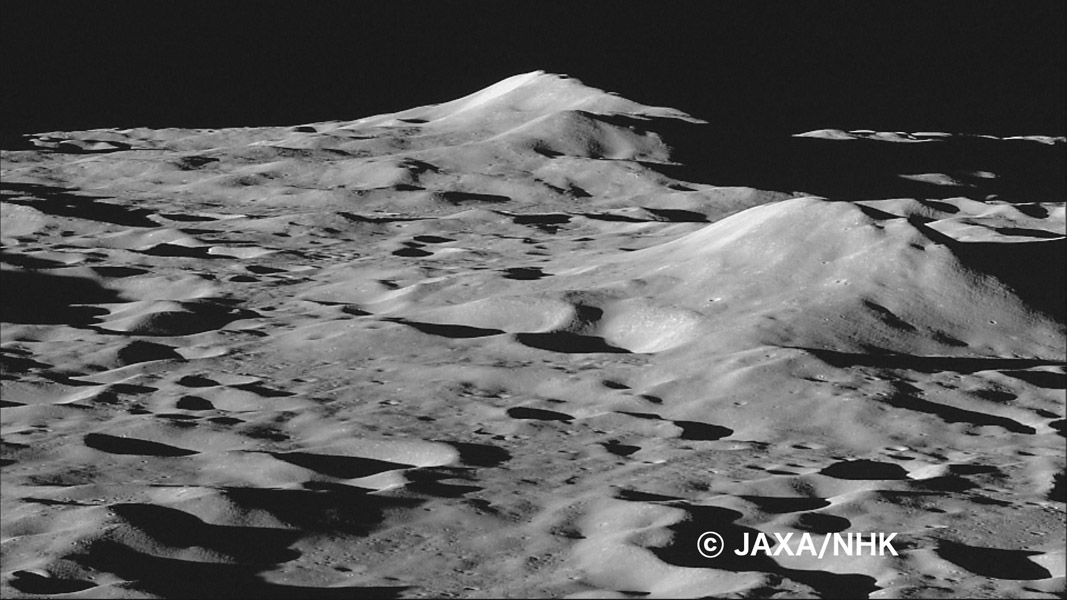Difference between revisions of "June 20, 2009"
(Created page with "__NOTOC__ =The End And a Beginning= <!-- ws:start:WikiTextHeadingRule:2:<h1> --> <!-- ws:start:WikiTextLocalImageRule:8:<img src="/file/view/LPOD-Jun20-09.jpg...") |
|||
| (5 intermediate revisions by the same user not shown) | |||
| Line 1: | Line 1: | ||
__NOTOC__ | __NOTOC__ | ||
=The End And a Beginning= | =The End And a Beginning= | ||
| − | + | <!-- Start of content --> | |
| − | + | <!-- ws:start:WikiTextHeadingRule:2:<h1> --> | |
<!-- ws:start:WikiTextLocalImageRule:8:<img src="/file/view/LPOD-Jun20-09.jpg/78826649/LPOD-Jun20-09.jpg" alt="" title="" /> -->[[File:LPOD-Jun20-09.jpg|LPOD-Jun20-09.jpg]]<!-- ws:end:WikiTextLocalImageRule:8 --><br /> | <!-- ws:start:WikiTextLocalImageRule:8:<img src="/file/view/LPOD-Jun20-09.jpg/78826649/LPOD-Jun20-09.jpg" alt="" title="" /> -->[[File:LPOD-Jun20-09.jpg|LPOD-Jun20-09.jpg]]<!-- ws:end:WikiTextLocalImageRule:8 --><br /> | ||
| − | <em>image by Kaguya HDTV from [ | + | <em>image by Kaguya HDTV from [http://www.jaxa.jp/press/2009/06/20090619_kaguya_hdtv_e.html JAXA/NHK]</em><br /> |
<br /> | <br /> | ||
| + | The Japanese Space Exploration Agency (JAXA) and the Japan Broadcasting Corporation (NHK) have released the last seven images captured by the Kaguya spacecraft as it passed near the south pole and headed toward impact in the darkness near the crater Gill. This great view, near the crater Boltzmann at 74°S/261°E, was with the telephoto lens of the HDTV when the spacecraft was about 28 km above the surface - presumably above the average surface, not the tops of tall peaks like those shown here. I don't know if the peaks are part of the rim of Drygalski or part of the rim of the South Pole-Aitken Basin. Go to the JAXA website to see the sequence of final images, a wonderful conclusion to the data collection phase of this very successful mission. Now the hard part begins, to discover and publish all the great results still to come from the probable 99% of Kaguya data that have not yet been released. These last images from the HDTV camera provide a fitting time for all of us to acknowldege my colleague Motomaro Shirao, who selected targets for the HDTV, and all the other Japanese scientists who conducted the mission!<br /> | ||
| + | <br /> | ||
| + | <em>[mailto:tychocrater@yahoo.com Chuck Wood]</em><br /> | ||
| + | <br /> | ||
| + | <p><b>Yesterday's LPOD:</b> [[June 19, 2009|Return To the Moon, Finally]] </p> | ||
| + | <p><b>Tomorrow's LPOD:</b> [[June 21, 2009|Pole 2.0]] </p> | ||
<hr /> | <hr /> | ||
| − | + | {{wiki/ArticleFooter}} | |
| − | |||
| − | |||
| − | |||
Latest revision as of 20:46, 7 February 2015
The End And a Beginning

image by Kaguya HDTV from JAXA/NHK
The Japanese Space Exploration Agency (JAXA) and the Japan Broadcasting Corporation (NHK) have released the last seven images captured by the Kaguya spacecraft as it passed near the south pole and headed toward impact in the darkness near the crater Gill. This great view, near the crater Boltzmann at 74°S/261°E, was with the telephoto lens of the HDTV when the spacecraft was about 28 km above the surface - presumably above the average surface, not the tops of tall peaks like those shown here. I don't know if the peaks are part of the rim of Drygalski or part of the rim of the South Pole-Aitken Basin. Go to the JAXA website to see the sequence of final images, a wonderful conclusion to the data collection phase of this very successful mission. Now the hard part begins, to discover and publish all the great results still to come from the probable 99% of Kaguya data that have not yet been released. These last images from the HDTV camera provide a fitting time for all of us to acknowldege my colleague Motomaro Shirao, who selected targets for the HDTV, and all the other Japanese scientists who conducted the mission!
Chuck Wood
Yesterday's LPOD: Return To the Moon, Finally
Tomorrow's LPOD: Pole 2.0
COMMENTS?
Register, Log in, and join in the comments.



